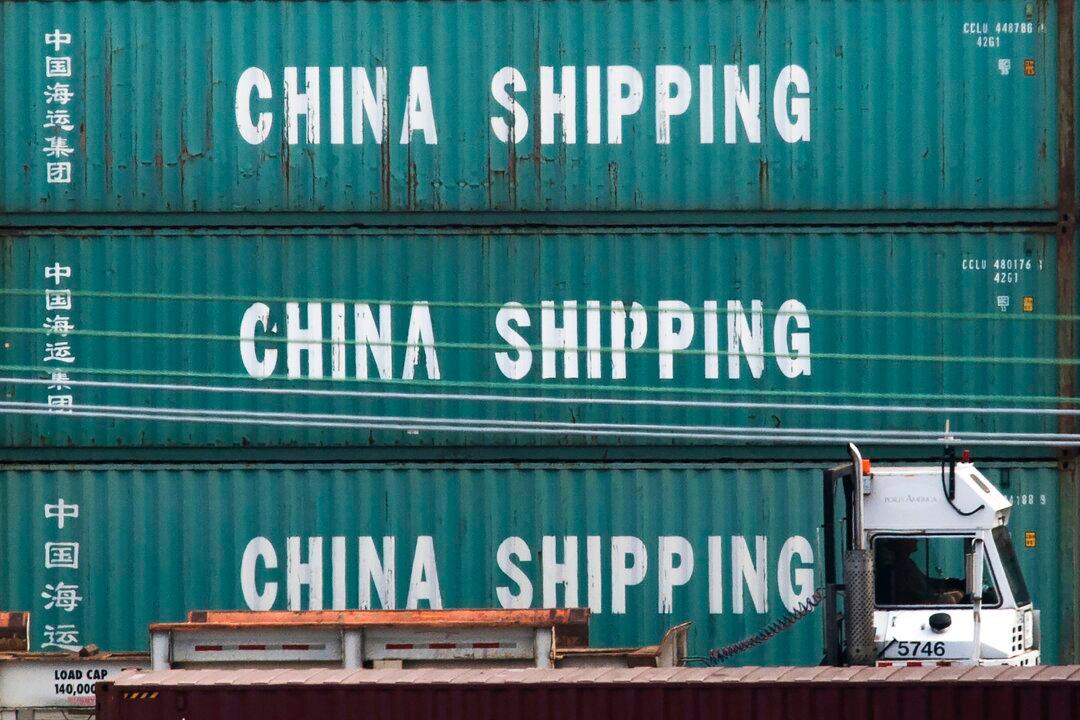Commentary
China’s “overcapacity, oversupply, and overproduction” are gaining increasing attention in the United States. All are related.

China’s “overcapacity, oversupply, and overproduction” are gaining increasing attention in the United States. All are related.